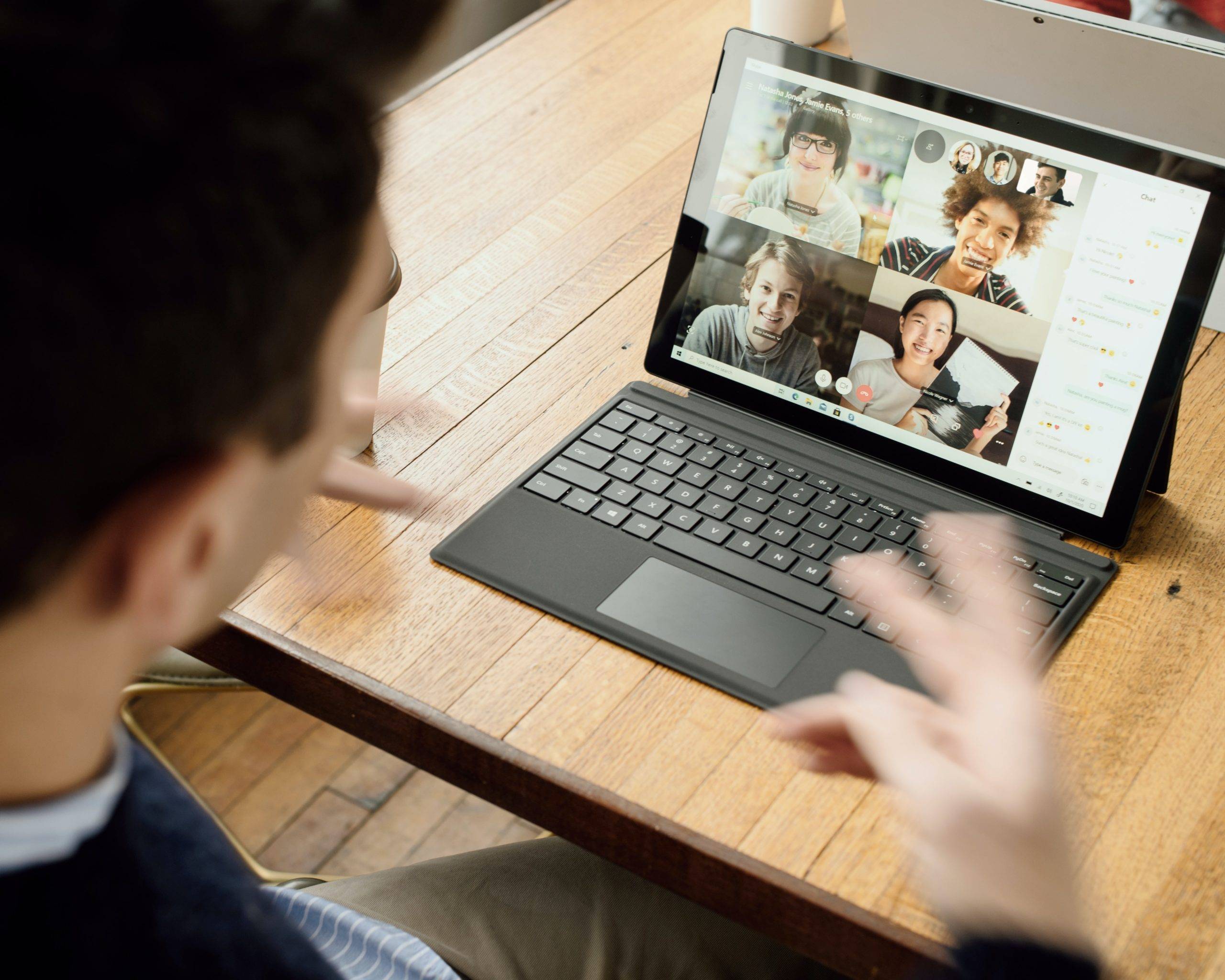Most of the training procedures you currently use for on-site staffing can easily be applied to new work-from-home (WFH) team members, but some might still need a little work. When you’re trying to decide which onboarding steps can be adapted for a WFH model, it’s important to have several rounds of discussion with your HR team. If your New York-based business is still adjusting to having employees who work from home, keep in mind that it may take longer than usual to get everyone up and running from remote locations.
Here are some of our tips and best practices for onboarding WFH employees:
- Start from the Beginning
There’s a tendency for employers to skip over basic steps during remote training. This often stems from an assumption that new employees will “catch up” as training progresses. Unfortunately, that kind of thinking puts WFH teams at a distinct disadvantage.
You put a lot of time and energy into recruiting your new team. Give them the best possible chance to excel.
Begin each video conference meeting with a set of ground rules. For example, remind trainees to turn off their microphones, use their chat feature to ask questions, and mute their cell phones.
Expectations for remote training should be the same as they are for training on-site. Set goals for the day to let trainees know exactly what is expected from them. - Make Training Interactive
In-house training is automatically interactive. After going through the recruiting and hiring process, a new employee sits in on meetings, watches training videos that conclude with a live question-and-answer period, and has the opportunity to speak with their manager in person at almost any time through the day.
How can you capture that same level of human interaction when you’re staffing remotely?
Make remote training more engaging by combining and alternating teaching methods. Set up video conferencing with small groups, large groups, and one-on-one. Include audio and video training information, gamification, and infographics to appeal to all types of learning styles.
To ensure a uniform experience for all of your remote employees, make certain your learning management system (LMS) adjusts to all types of browsers and screen sizes. - Simplify When Possible
Having multiple passwords is part of modern life, but it can also be confusing to a trainee who is already tasked with keeping track of a ton of new information all at once.
Consider using a single sign-on (SSO) for trainees to access all of their necessary cloud-based applications. Having the same login across all platforms makes it easier for WFM employees to start, stop, pause, and resume training. This lowers the level of frustration for everyone involved! - Be Available
As you’re training groups, don’t forget the importance of a one-on-one connection. Being able to reach out to an instructor helps new employees to feel more connected to the company and gives them an opportunity to ask questions they may feel uncomfortable asking in front of coworkers.
Save time for questions and answers after virtual meetings and set aside additional time for individual conferences if an employee requests one. - Establish an Effective Work-from-Home Workforce
At SMART Staffing Group, Inc., we help businesses make the most of their WFH training procedures. With more than 20 years of collective expertise, we are the go-to experts for talent consultancy and services. As a certified minority and woman-owned business enterprise that has served the Mid-Hudson Valley and Tri-State areas since 2014, we know what it takes to cultivate a workforce with talent!
Reach out today to learn more about how we can help you to establish an effective work-from-home team.

